Electric motors are ubiquitous in the field of equipment.
Electric Motor type, soft start method, selection steps, damage causes way to deal with the method, the difference between good and bad electrical motor in which ..... This one issue is an important reflection of the induction motor performance index, the following will lead you to take a look together.

The difference between various types of electric motors
1, DC motor , AC motor difference

As the name implies, DC electric motors use DC as the power source.
AC induction motors, on the other hand, use alternating current as the power source.
In terms of structure, the principle of DC motor is relatively simple, but the structure is complex and not easy to maintain.
AC induction motors are complex in principle but relatively simple in structure, and easier to maintain than DC motors
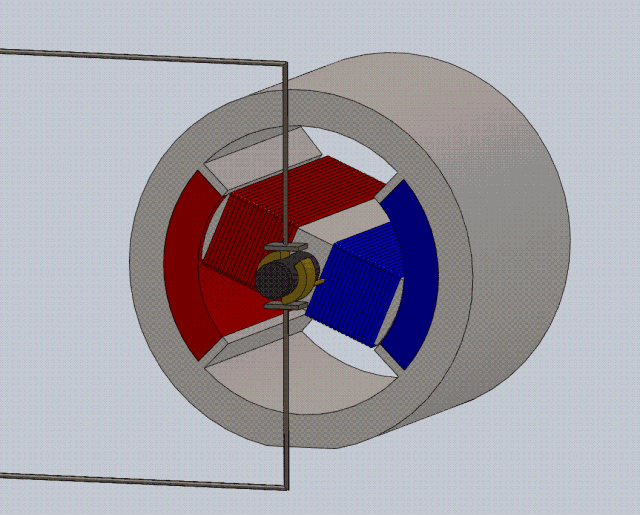
In the price above, the same power DC motor is higher than AC motor, including speed control device is also DC speed control device is higher than the price of AC speed control device, of course, the structure and maintenance also has a big difference.
In terms of performance, because the DC electric motor speed stability with electrical energy, speed control precision, is the AC electric motors can not hit, so in the speed of the strict requirements had to use DC motor instead of AC motor.
AC motor speed control is relatively complex, but widely used due to the use of AC power in chemical plants.
2, synchronous motors, asynchronous motors are two different types of electrical motor
If the rotor rotates at the same speed as the stator, it is called a synchronous motor, if not, it is called an asynchronous motor
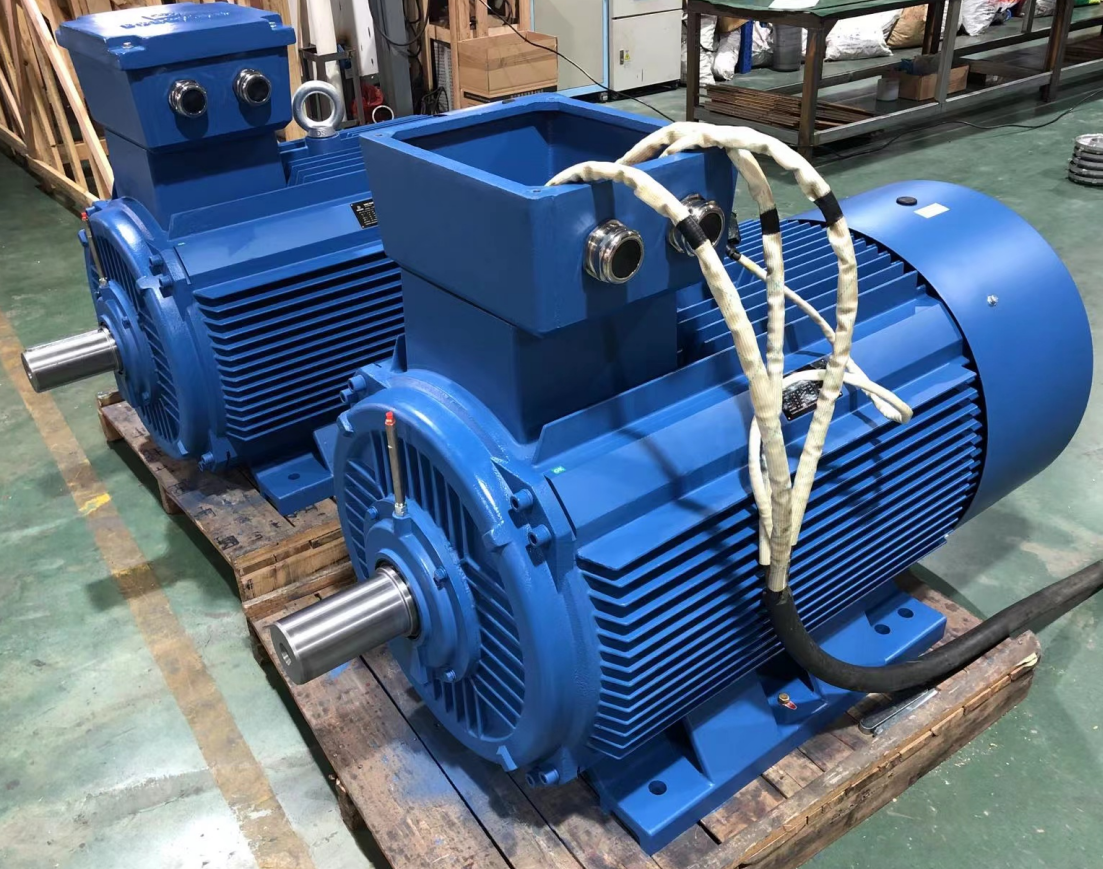
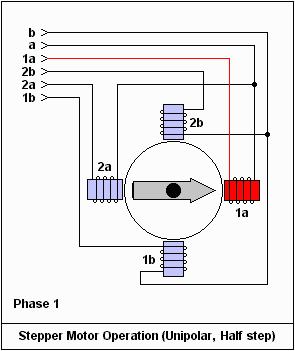
3, ordinary industrial motors, inverter electric motors are two different types of electric motor
First of all, ordinary motor can't be used as inverter motor.
Ordinary motor is designed by constant frequency and constant voltage, which cannot be fully adapted to the requirements of inverter speed control, so it cannot be used more as inverter motor.
The impact of inverter on motor is mainly in motor efficiency and temperature rise
The high harmonics inside will cause the increase of stator copper consumption, rotor copper consumption, iron consumption and additional loss, the most significant is rotor copper consumption, these losses will make the motor extra heat, reduce efficiency and output power, and the temperature rise of common motor will increase by 10% -20%. -20%.
The insulation strength of the motor
The frequency converter carrier frequency is from several thousand to more than ten thousand Hz, which makes the motor stator winding to bear a very high voltage rise rate, which is equivalent to applying a steep shock voltage to the motor, so that the inter-turn insulation of the motor is subjected to a more serious test.
Harmonic electromagnetic noise and vibration
The vibration and noise caused by electromagnetic, mechanical and ventilation factors will become more complicated when the ordinary motor adopts inverter power supply.
The harmonics contained in the inverter power supply interfere with each other and form various electromagnetic excitation forces with the inherent space harmonics of the electromagnetic part of the motor, thus increasing the noise.
Due to the wide range of operating frequency of the motor and the wide range of speed variation, it is difficult for the frequencies of various electromagnetic force waves to avoid the inherent vibration frequency of each structural part of the motor.
Cooling problem at low speed
When the power supply frequency is low, the loss caused by the high harmonics in the power supply is larger; secondly, when the speed of the variable motor decreases, the cooling air volume decreases proportionally to the third power of the speed, resulting in the heat of the motor not being dissipated, the temperature rise increases sharply, and it is difficult to realize constant torque output.
How to distinguish between ordinary motors and inverter motors?
The difference in structure between ordinary motor and inverter motor
(1) Higher insulation level requirements
Generally, the insulation level of inverter motors is F or higher, to strengthen the insulation to ground and the strength of the wire-turn insulation, especially to consider the ability of insulation to withstand shock voltage.
(2) The vibration and noise requirements of inverter motor are higher
Inverter motor should fully consider the rigidity of electrical motors components and the whole, and try to improve its inherent frequency to avoid resonance with each force wave.
(3) Different cooling methods of inverter motor
Inverter motor generally adopts forced ventilation cooling, that is, the main motor cooling fan is driven by an independent motor.
(4) Different requirements of protection measures
Bearing insulation measures should be adopted for inverter motors with capacity over 160KW. Mainly, it is easy to produce magnetic circuit asymmetry, which will also produce shaft current.
When the currents produced by other high frequency components are combined together, the shaft current will be greatly increased, which will lead to bearing damage, so insulation measures should be taken in general.
For constant power inverter motor, when the speed exceeds 3000/min, special grease with high temperature resistance should be used to compensate the temperature rise of the bearing.
(5) Different heat dissipation system
Inverter motor cooling fan adopts independent power supply to ensure continuous cooling capacity.
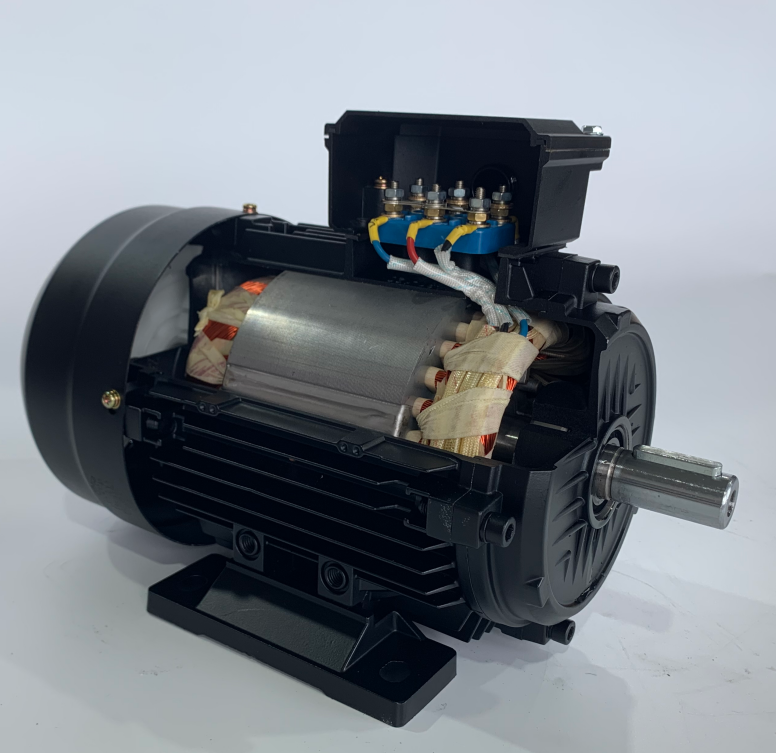

Motor selection steps
The basic elements needed for motor selection are: type of load driven, rated power, rated voltage, rated speed, and other conditions.
Type of load
DC motor
Asynchronous motor
Synchronous motor
For continuous running production machinery with smooth load and no special requirements for starting and braking.
It is appropriate to give priority to ordinary squirrel cage asynchronous motors, which are widely used in machinery, pumps, fans, etc.
Production machinery with more frequent starting and braking, requiring larger starting and braking torque, such as bridge cranes, mine hoists, air compressors, irreversible steel rolling mills, etc., should use wire-wound asynchronous motors.
If there is no requirement for speed regulation, but the speed needs to be constant or the power factor needs to be improved, synchronous motors should be used, such as medium and large capacity water pump, air compressor, hoist, mill, etc.
If the speed range is above 1:3, and the production machinery needs continuous stable and smooth speed regulation, it is appropriate to use other excitation DC electric motor or squirrel cage asynchronous motor or synchronous motor with frequency regulation, such as large precision machine tool, gantry planer, rolling mill, hoisting machine, etc.
Production machinery requiring large starting torque and soft mechanical characteristics, using series-excited or compound-excited DC motors, such as trams, motor cars, heavy cranes, etc.
Generally speaking, the electrical motors can be roughly determined by providing the type of load to be driven, the rated power, rated voltage and rated speed of the induction motor.
However, these basic parameters are not enough if the load requirements are to be optimally met.
The parameters to be provided include: frequency, operating system, overload requirements, insulation class, protection class, rotational inertia, load resistance torque curve, installation mode, ambient temperature, altitude, outdoor requirements, etc., depending on the specific situation.
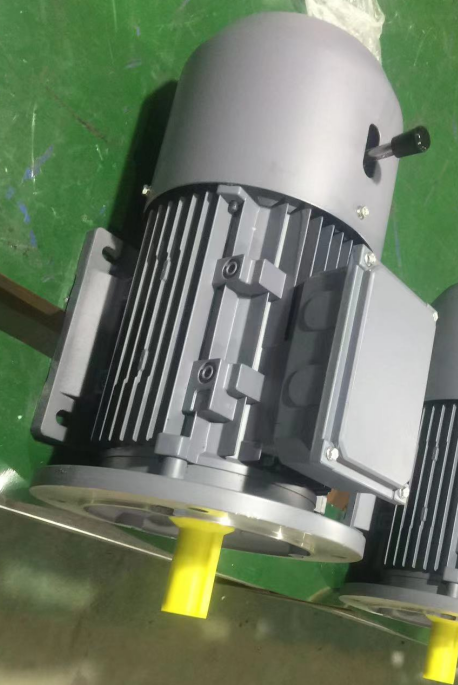
Motor troubleshooting experience summary
When the motor runs or fails, four methods can be used to prevent and troubleshoot in time by seeing, hearing, smelling and touching to ensure the safe operation of the electrical motors.
I. Look
Observe whether there is any abnormality during the operation of the induction motors, which is mainly manifested in the following cases.
1.When the stator winding is short-circuited, you may see the motor smoke.
2. When the induction motor is seriously overloaded or running out of phase, the speed will be slowed down and there is a heavy "humming" sound.
3. When the motor repair network runs normally but stops suddenly, you will see sparks coming out from the loose wiring; the fuse is blown or a part is stuck, etc.
4. If the motor vibrates violently, it may be that the transmission device is stuck or the motor is poorly fixed, the foot bolt is loose, etc.
5. If there are discoloration, burn marks and smoke stains at the contact points and connections in the motor, it means that there may be local overheating, poor contact at the conductor connections or burned winding, etc.
2. Listen
When the electrical motor is running normally, it should make a uniform and light "humming" sound, no noise and special sound.
If the noise is too big, including electromagnetic noise, bearing noise, ventilation noise, mechanical friction sound, etc., it may be a precursor of failure or failure phenomenon.
1. For electromagnetic noise, if the motor makes a high and low and heavy sound, the reasons may be the following:
(1) Uneven air gap between stator and rotor, at this time the sound is high and low and the time between high and low sound is unchanged, which is caused by the bearing wear and tear and thus the stator and rotor are not centered.
(2) three-phase current imbalance.
If the sound is dull, it means that the motor is seriously overloaded or running out of phase.
(3) Loose iron core. In the operation of the motor, the core fixing bolt is loosened due to vibration, which causes the core silicon steel piece to be loose and make noise.
2. For bearing noise, the motor should be monitored frequently during operation. The method of monitoring is: hold one end of screwdriver against the bearing installation part, and the other end is close to the ear, then you can hear the bearing running sound.
If the bearing is running normally, the sound will be continuous and small "rustling" sound, and there will be no change of high and low and metal friction sound.
If the following sounds are abnormal:
(1) bearing operation "squeaking" sound, this is the sound of metal friction, generally due to bearing oil shortage, should be disassembled bearing to fill the appropriate amount of grease.
(2) If there is a "chirp" sound, which is the sound of the ball rotation, generally caused by dry grease or lack of oil, can be filled with the appropriate amount of grease.
(3) If there is a "click" sound or "creak" sound, it is the sound generated by the irregular movement of the ball in the bearing, which is caused by the damage of the ball in the bearing or the motor is not used for a long time and the grease is dry.
3. If the transmission mechanism and the driven mechanism make continuous and non-suddenly high and low sound, it can be divided into the following cases.
(1) Periodic "snap" sound, caused by the belt joint is not smooth.
(2) Periodic "thud" sound, caused by the coupling or pulley and shaft loosening and key or keyway wear.
(3) Uneven collision sound, caused by the fan cover for the wind blade collision.
3. Smell
The smell of the motor can also determine and prevent the failure.
Open the junction box and smell it with your nose. If there is a special smell of paint, it means the internal temperature of the motor is too high.
If there is a heavy smell of paste or burnt smell, it may be that the insulation layer repair network has been broken or the winding has been burned.
If there is no smell, also need to use megohmmeter to measure the insulation resistance between its winding and shell is lower than 0.5 meg, have to be dried and processed.
The resistance value is zero, indicating that it has been damaged.
4. touch
Touch the temperature of some parts of the motor can also determine the cause of failure. In order to ensure the safety, the back of the hand should touch the motor shell and the bearing.
1. Poor ventilation. Such as fan off, ventilation channel blockage, etc.
2. Overload. The current is too large and the stator winding is overheated.
3. Stator winding inter-turn short circuit or three-phase current imbalance.
4. Frequent starting or braking.
5. If the temperature around the bearing is too high, it may be due to bearing damage or lack of oil.
Motor bearing temperature regulations, the reasons for abnormalities and treatment
The regulations stipulate that the maximum temperature of rolling bearing should not exceed 95℃, and the maximum temperature of sliding bearing should not exceed 80℃.
And the temperature rise should not exceed 55℃ (temperature rise is the bearing temperature minus the ambient temperature at the time of testing).
Specifically view the causes and treatment of high bearing temperature rise.
(1) Cause: Shaft bending, center line is not allowed.
Treatment; re-centering.
(2) Cause: Loose foundation screws.
Treatment: Tighten the foundation screws.
(3) Reason: The lubricant is not clean.
Treatment: Replace the lubricating oil.
(4) Cause: The lubricant has been used for too long and has not been replaced.
Treatment: Wash the bearing and replace the lubricant.
(5) Reason: The ball or roller in the bearing is damaged.
Treatment: Replace the bearing with a new one.
We will keep update more information about electric motors.
If there is any inquiry, please contact the professional electric motor manufacturer in China as follows:
If you would like to make a professional order, please kindly send us an inquiry.

Dongchun motor has a wide range of electric motors that are used in various industries such as transportation, infrastructure, and construction.
Get a prompt reply.







